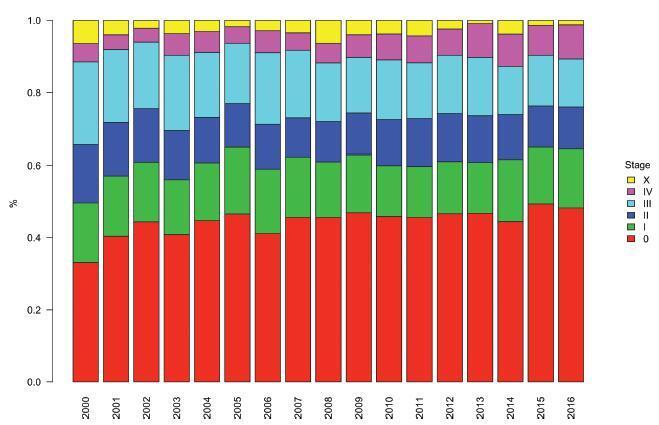Revista Brasileira de Ginecologia e Obstetrícia. 2017;39(4):147-148

Cervical cancer is the most frequent gynecologic malignancy in developing countries nowadays. Surgery is an effective treatment for the early stages of the disease. However, most patients are still diagnosed with inoperable locally advanced cervical cancer (LACC). In Brazil, the scenario is not different, and, according to Fundação Oncocentro de São Paulo (FOSP), from 2000 to 2016, 34,784 cervical cancers were recorded in their database. A total of 15,270 were in situ carcinomas and, among all invasive tumors, 10,386 patients were diagnosed with stage II, III or IV (53%), and the rate of incidence of LACC has not changed over the past 15 years (). The standard approach for advanced tumors is a combination of chemo and radiation therapy. Chemoradiation is a curative treatment for locally advanced cervical cancer. Nevertheless, as many as 30–65% of patients experience residual disease after treatment, and there is not a current effective therapy for resistant diseases.
[…]
Search
Search in:


Comments